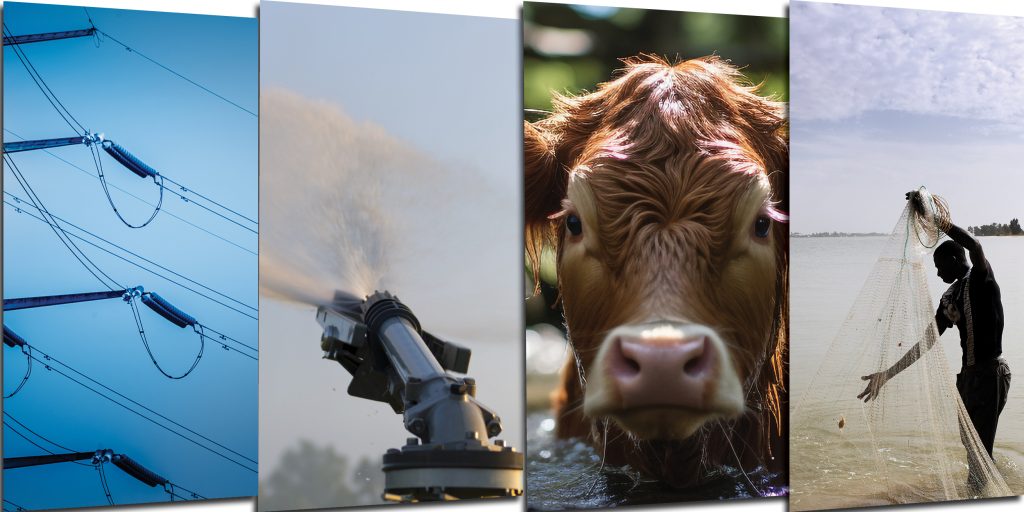The Zimbabwean government has initiated a strategic move to fully harness the potential of the Tugwi-Mukosi Dam, the country’s largest inland water body. Under the direction of the Minister of Lands, Agriculture, Fisheries, Water, and Rural Development, Dr. Anxious Masuka, the government has prioritized the implementation of the Tugwi-Mukosi combination master plan.
This comprehensive plan is designed to unlock the dam’s immense economic potential and contribute significantly to the nation’s food security and export ambitions, aligning with the goals of Vision 2030. Addressing critical issues related to land, water, fisheries, and related developments, the government aims to optimize the utilization of this valuable resource.
The timely implementation of the master plan is crucial, as it will enable Zimbabwe to reap the full benefits of the Tugwi-Mukosi Dam. Despite its commissioning in 2017, the dam’s potential has been hindered by delays in the development of the master plan. The plan’s absence has hampered the demarcation of specific areas for irrigation and other land uses, limiting the extent to which the dam can be exploited.
Expediting the implementation of the master plan will enable the government to transform the dam into a powerful driver of economic growth. The dam’s vast water resources can be harnessed to irrigate large tracts of land, boosting agricultural production and ensuring food self-sufficiency. Additionally, the dam can support fisheries development, creating employment opportunities and contributing to the country’s export earnings.

Moreover, the dam can play a pivotal role in mitigating the effects of climate change. The provision of a reliable water source for irrigation can help farmers adapt to changing weather patterns and reduce their reliance on rainfall. Furthermore, the dam can contribute to water security, ensuring a sustainable supply of water for domestic, industrial, and agricultural use.
The government’s commitment to the implementation of the Tugwi-Mukosi combination master plan is a significant step towards unlocking the full potential of this vital resource. When the country is able to address the challenges and seize the opportunities presented by the dam, it can secure a prosperous future for its people and contribute to regional food security and economic growth.

